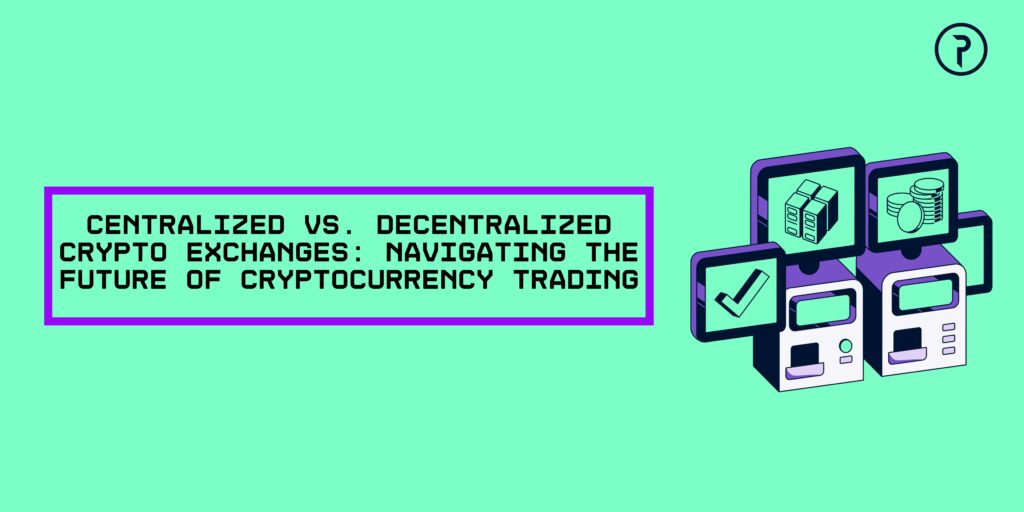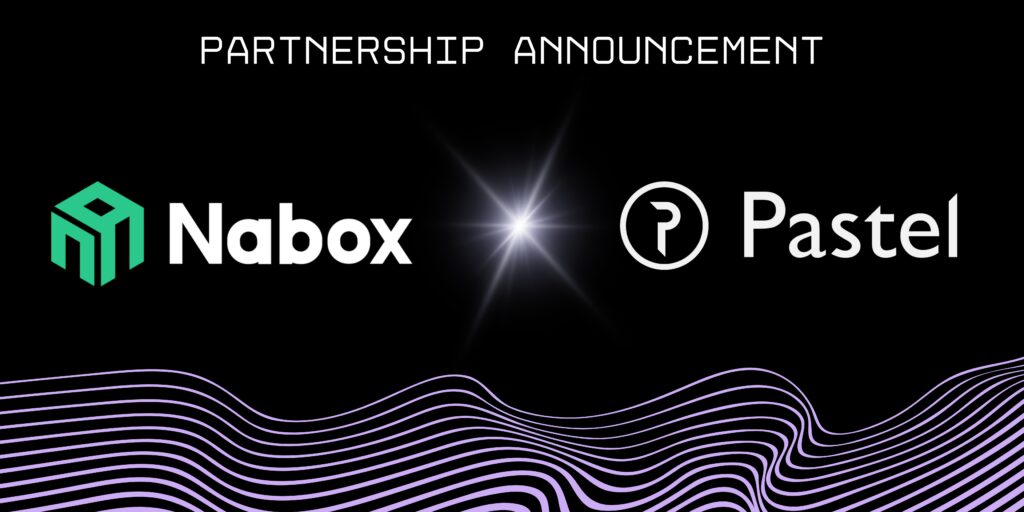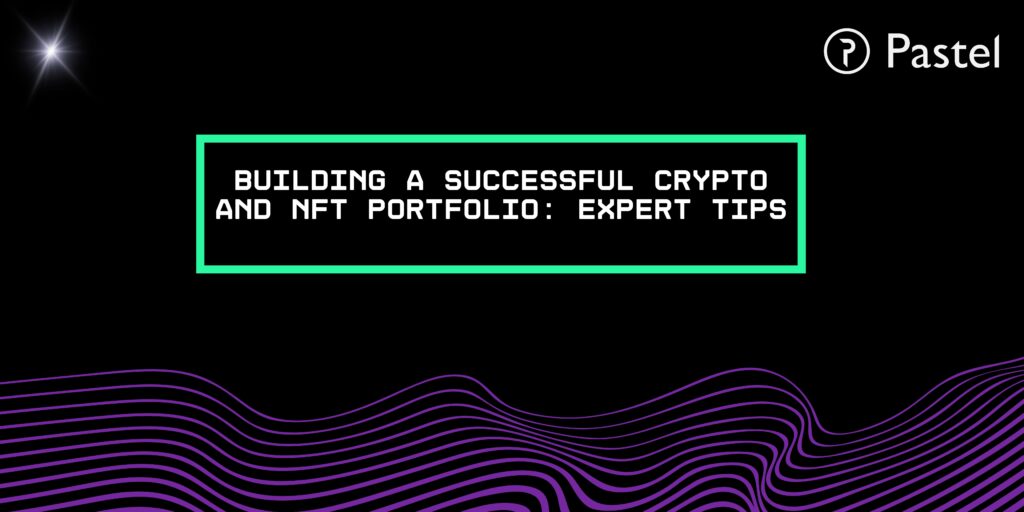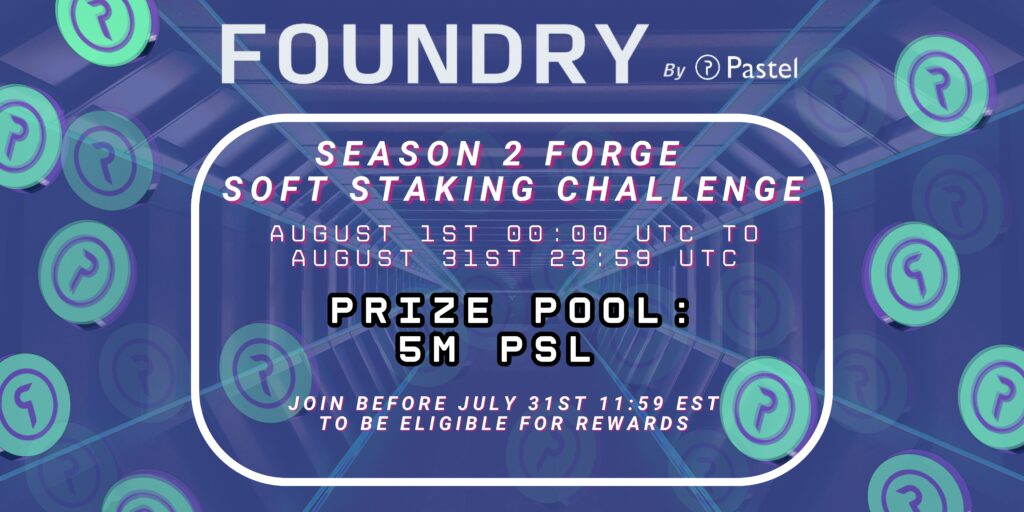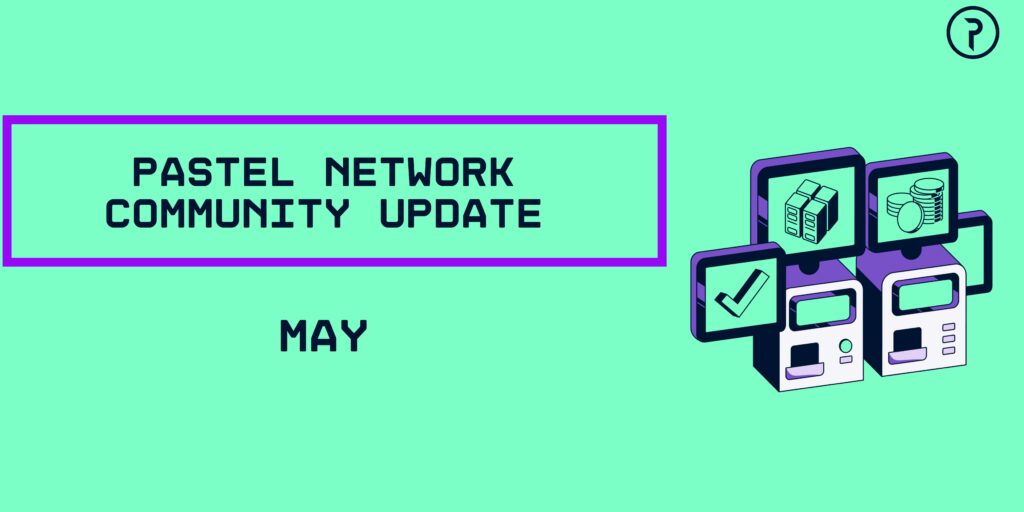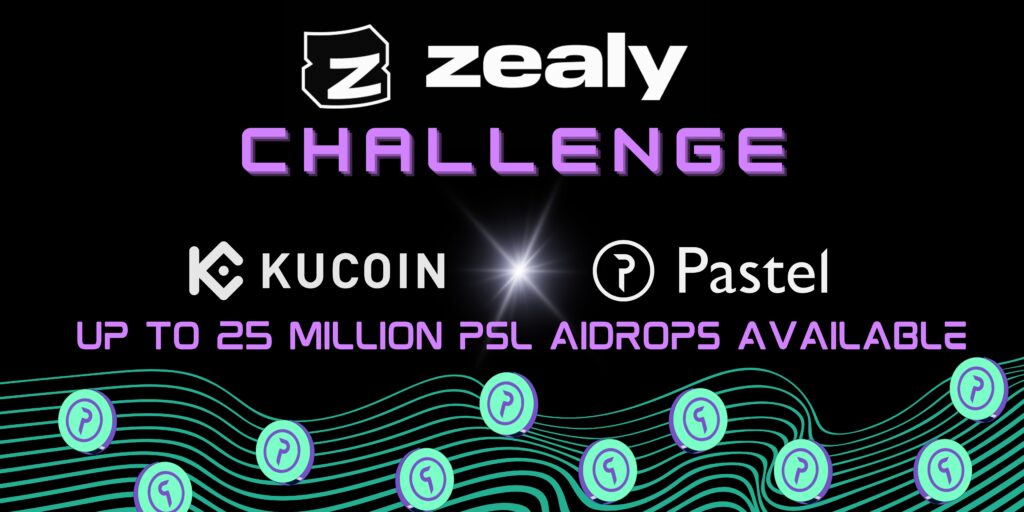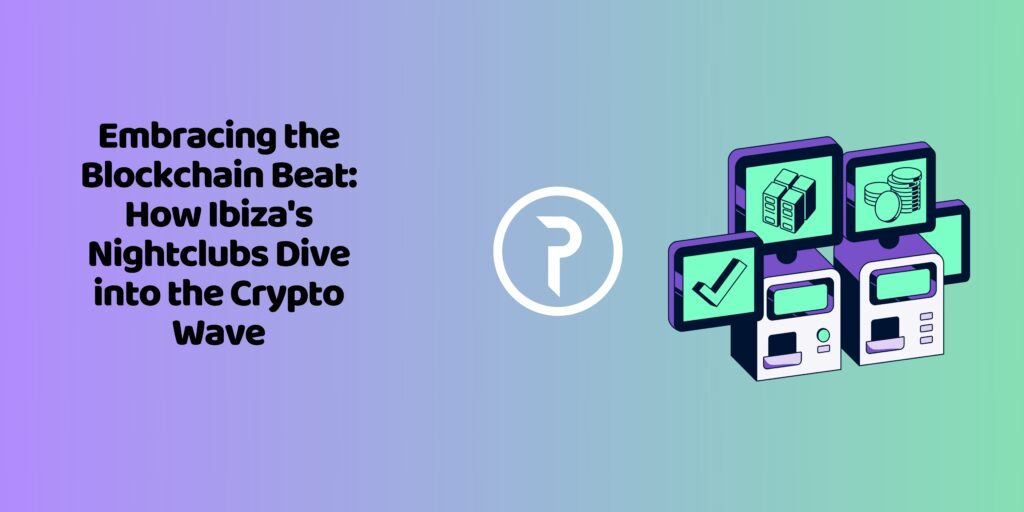The Impact of NFTs on the Art Industry
The art world has historically undervalued and marginalized digital art, but the advent of non-fungible tokens (NFTs) has sparked a transformative shift. In 2021, NFTs made up a notable 16% of the global art market, according to a report by Nonfungible.com and research firm L’Atelier. This article delves into the profound impact of NFTs on digital art, the art market, and the broader art world, highlighting the far-reaching changes brought about by these unique tokens.
NFTs and Art:
Contrary to popular belief, NFTs are not a new form of art. Instead, they serve as a means to establish ownership and create scarcity, attributing value to the assets they represent. While NFTs are commonly associated with digital art, they can represent ownership in various domains.
Understanding NFTs:
NFTs are non-fungible tokens that typically represent ownership of digital assets. Each NFT holds unique data stored on a digital ledger, providing transparent proof of ownership on the blockchain network. This technology enables easy tracing of the ownership history of a particular digital asset.
Transforming Digital Art:
Digital art encompasses artworks created using digital technology, including photographs, animations, digital paintings, drawings, illustrations, and videos. However, digital art struggled to gain recognition and value before the advent of NFTs. The inability to distinguish original pieces from reproductions hindered its collection and market growth. With NFTs attaching clear ownership and public value to digital artworks, the perception and recognition of digital art have undergone a positive transformation.
Elevating the Value of Digital Art:
NFTs have been instrumental in attaching value to digital artworks, making them collectible commodities. Prior to blockchain technology, the replicability of digital art hindered its recognition as valuable. NFTs have introduced ownership transparency and authentication mechanisms, bringing digital art on par with traditional art forms in terms of evaluation and market value.
Recognition by the Fine Art Establishment:
The lack of recognition for digital art within the fine art industry perpetuated the notion that it wasn’t considered “real art.” However, digital art requires the same level of creative vision and skill as traditional art forms. The introduction of NFTs and the associated market value have compelled the fine art establishment to acknowledge and appreciate digital art. Notably, prominent auction houses such as Christie’s and Sotheby’s have facilitated historic sales of digital artworks.
Impact on the Art Market:
NFTs have brought about substantial changes in the art market. Traditional methods of establishing provenance through paper trails or certificates of authenticity have limitations and vulnerabilities. NFTs, on the other hand, leverage blockchain technology to provide easily verifiable provenance and publicly-listed transactions. This authentication method has significantly reduced uncertainty and forged a new path for the art market, safeguarding the authenticity and value of artworks.
The Rise of a Global Art Market for Digital Art:
NFTs have sparked the emergence of a global art market exclusively focused on the trade and collection of digital art. This new market has integrated with the existing art market, acknowledging digital art as an integral part of the art world. The advent of NFTs has also attracted a younger generation of tech-savvy collectors and investors who previously had limited engagement with the traditional fine art market.
Transforming the Art World:
NFTs have brought substantial changes to the art world, particularly in terms of public access and appreciation. Digital artworks represented by NFTs are publicly available and free to access, while still maintaining their scarcity and established ownership. This accessibility allows for widespread collective experiences and benefits in educational, social, political, and inspirational contexts. NFTs have merged the private benefits of ownership with the public benefits of art, offering a global platform for art appreciation and engagement.
The Fusion of Private and Public Benefits:
Traditional art has long provided private benefits, such as the feeling of ownership and status associated with owning a valuable artwork. Conversely, it also offers public benefits through the collective experience of appreciating and interpreting art. NFTs have merged these benefits by allowing digital artworks to be viewed and enjoyed by a global audience while still being owned by individuals. This fusion of private ownership and public accessibility is a unique characteristic of NFTs, offering a new dimension to the art world.
The Takeaway:
The influence of NFTs on the art sphere has been immense, altering the way digital art is regarded, acknowledged, and gathered. By recognizing digital art’s value, NFTs have created a fresh global market for it and brought in a new era of collectors and investors. NFTs have also brought about major transformations in the art industry by providing public access to digital artwork and fusing private and public benefits of art. As our world becomes increasingly digital, the demand for digital and virtual assets, including fine art NFTs, is anticipated to expand.
To sum up, NFTs have transformed the art industry by redefining the perception, collection, and valuation of digital art. These tokens have established digital art as a valuable and collectible asset, compelling the fine art establishment to acknowledge it as a legitimate and essential art form. The art market has also become more transparent with the introduction of NFTs, allowing for a wider audience to access and appreciate digital art.secure, and accessible, fostering a new global market for digital art. As the art world continues to evolve, NFTs are poised to play a pivotal role in shaping its future, bridging the gap between the physical and digital realms and opening up new possibilities for artists, collectors, and enthusiasts alike.
